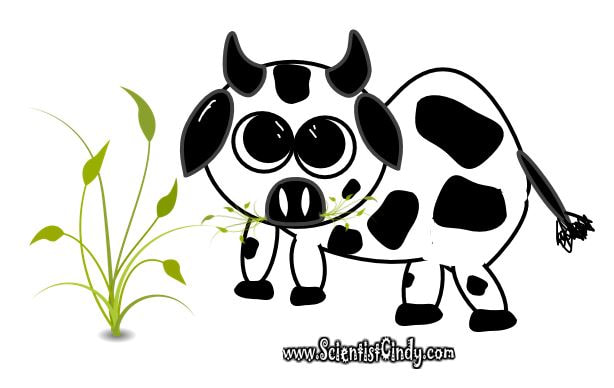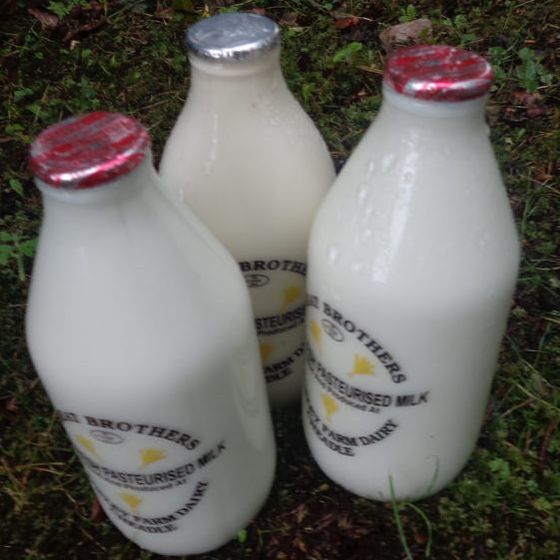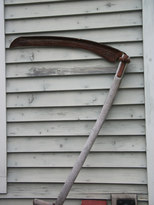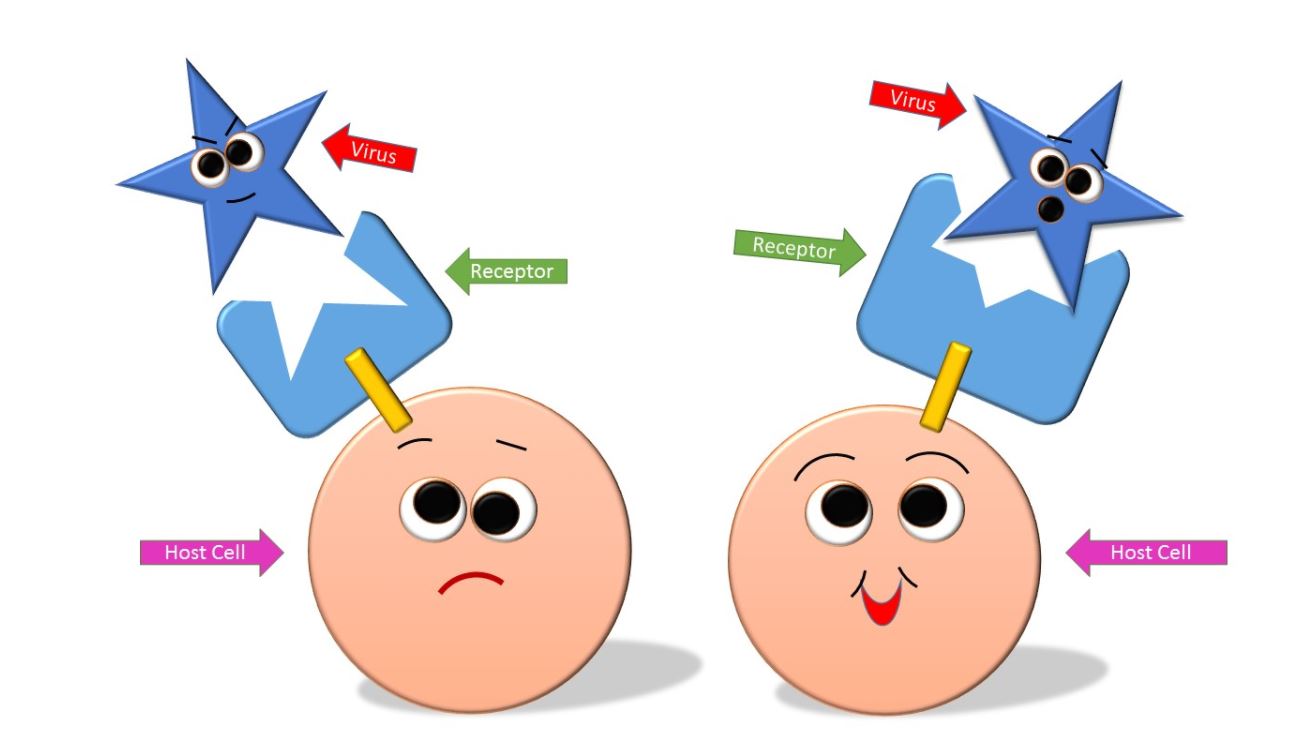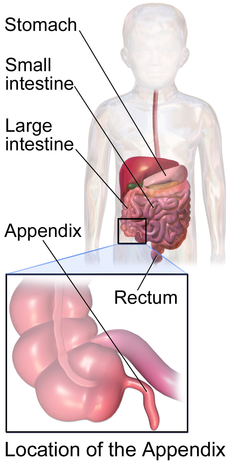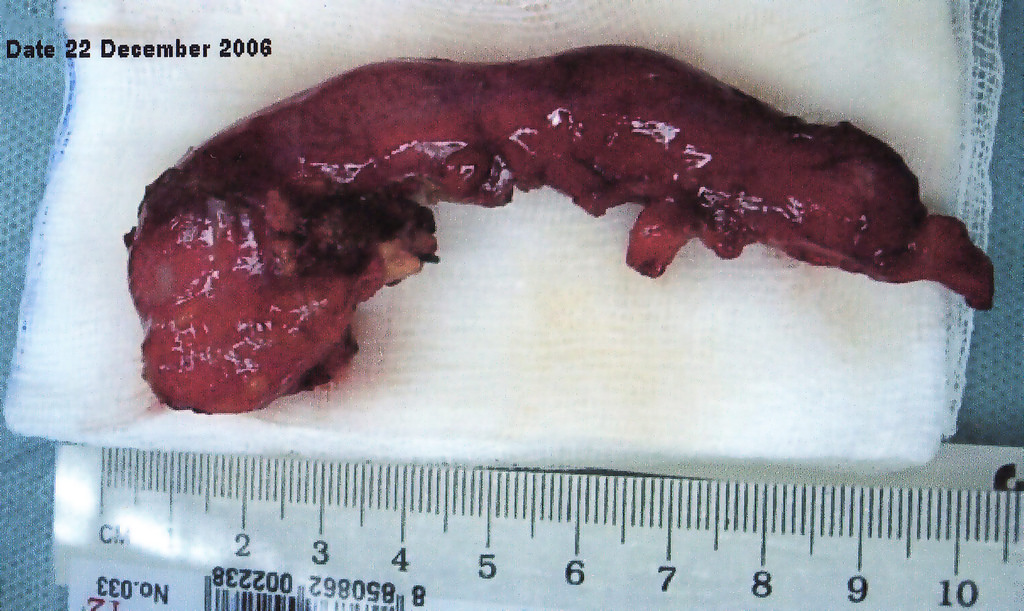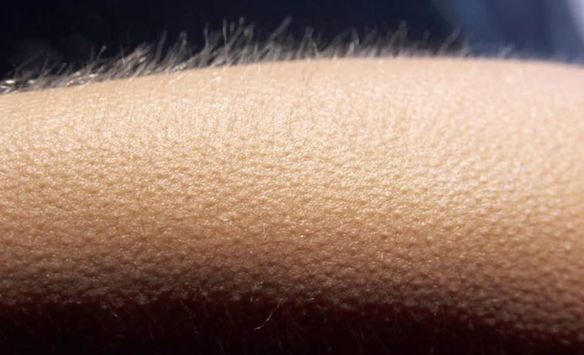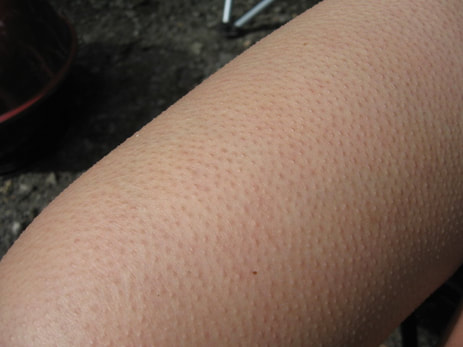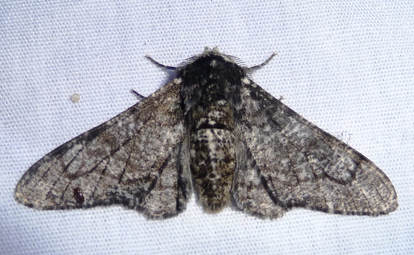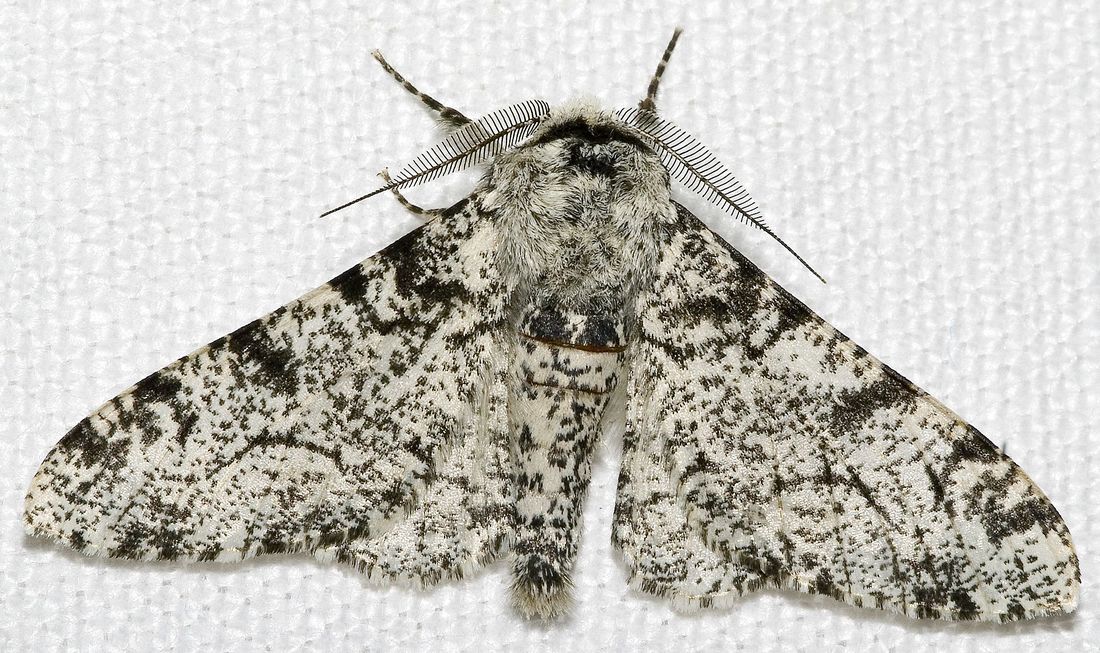|
|
|
Evolution: How Populations Change over Time
Evolution – the genetic change in a species over time
Recent Evolution in Humans
Case 1: Drinking milk as adults Milk and dairy products like ice-cream yogurt, cheese and butter contains lactose. Lactose is a sugar found in milk and milk-based (dairy) products. Lactase is an enzyme that functions to breakdown (metabolize) lactose in the body.
The ability to digest protein-rich, calorie-dense, dairy products was a definite evolutionary advantage. We still see evidence of this genetic change today, because as many as 75% of humans still have some level of lactose intolerance. |
|
Disease Resistance
Case 2: Sickle - Cell Anemia
Case 3: HIV Infection
|
|
Several teams of scientists around the world have gathered compelling evidence that links today's individuals that are immune to HIV infection to the survivors of the Black Plague.
Evidence suggests that these HIV-immune people are descendants of the survivors of the of the Bubonic Plague (also referred to as the Black Death) that swept through Europe in the Middle Ages. This genetic mutation (known as CCR5-Ä32) prevents the virus from entering the cells . The mutation occurs on the gene for a. about 10% of Europeans have a genetic mutation that protects them from HIV infection. |
CCR5 is a type of receptor that exists on the surface of white blood cells,. Under normal conditions, the receptor functions to receive chemical signals from the tissues and organs of the body. The white blood cells use this information to survey the health of the body and look for signs of infection. The HIV virus exploits the CCR5 receptors and is able to bind to the receptors and enter the cells. HIV-immune individuals carry a mutated form of the CCR5 receptor which prevents the HIV virus from binding to it, which prevents the virus from infecting cells.
Case 4: Blue Eyes - a Mutation
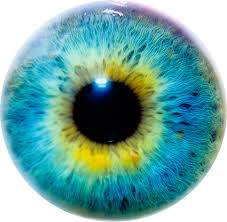
- New research shows that people with blue eyes have a single, common ancestor.
- Scientists have tracked down a genetic mutation which took place 6,000-10,000 years ago and is the cause of the eye color of all blue-eyed people.
- Originally, everyone had brown eyes,. There was a genetic mutation in the OCA2 gene that adds melanin (pigmentation) to our eyes, that essentially turned the gene off. This caused a decrease in the melanin of the eye, thus turning blue.
- Green-eyed people have less melanin than brown eyes, but more that blue-eyes.
Case 5: Mutation for Breathing at High Altitudes
|
Indigenous Tibetans, who live at altitudes above 10,000 feet in the Himalayan highlands, have blood that produces more of the oxygen-transporting hemoglobin protein.
|
|
Case 6: Wisdom Teeth
Case 7: The Appendix |
Case 8: Arrector Pili (goose bumps)
Goose bumps really serve no purpose to modern humans, but when we were much harrier, they probably served the same function that the arrector pili serve in other mammals.
The pili contract involuntarily when the mammal is either cold or feels threatened. This acts to keep the animal warm and to increase the size of its appearance to ward off danger.
The pili contract involuntarily when the mammal is either cold or feels threatened. This acts to keep the animal warm and to increase the size of its appearance to ward off danger.
Case 9: Vestigial Tails
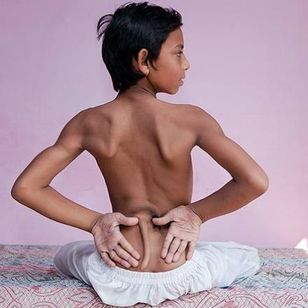
All humans develop a tail in early fetal development. However, for most of us, this tail regresses in the fetus around 8 weeks. A "true humans tail" has connective tissue, muscle tissue, nerves, and even blood vessels.
Your coccyx, better known as your tailbone, is the very last part of your vertebrae, and is the remnant of a lost tail. We all have a tail bone. Most people know that. But did you know that you also carry genes that encode for a tail too? In the vast majority of people, these genes are essentially turned off by epigenetic factors. These genes, on occasion get "turned back on" and we get babies born with a tail-like appendage. Usually surgery is performed in infancy to remove the unneeded tail.
Your coccyx, better known as your tailbone, is the very last part of your vertebrae, and is the remnant of a lost tail. We all have a tail bone. Most people know that. But did you know that you also carry genes that encode for a tail too? In the vast majority of people, these genes are essentially turned off by epigenetic factors. These genes, on occasion get "turned back on" and we get babies born with a tail-like appendage. Usually surgery is performed in infancy to remove the unneeded tail.
Natural Selection
The genetically inherited trait that increases the survival of that species would persist through the process of evolution by NATURAL SELECTION. The genetic trait that evolves from this process increases the probability that the species will survive in that particular environment is called an ADAPTATION.
The Peppered Moth.
A classic example of natural selection
|
The evolution of the peppered moth is a classical example of evolution due to natural selection. These moth's resided in London in the 1800's during the Industrial Revolution.
At the beginning of the 1800's there were more light-colored Peppered Moths than dark-colored Peppered Moths. These moths would rest upon trees with white bark. The dark-colored moths were easier to spot against the light backdrop of the white tree bark and consequently were eaten more often by hungry predatory birds. The light-colored Peppered Moths camouflaged against the light-colored trees and were much more prevalent in the population. |
By the end of the 1800's the light-colored trees became dark to the extensive pollution (soot deposits), causing most of the light-colored moths to be more visible to predators and, therefore, This caused a shift in the population of moths in which dark-colored moths became more common.
Evolution by natural selection results from four natural conditions:
#1 High reproductive capacity. Each species produces more offspring than will survive to maturity. We only see the effects of natural Selection if some of the offspring survive to adulthood (breeding age) and some don't.
#2 Heritable variation. The individuals in a population exhibit variation that is genetically inherited. Some traits improve the chances of an individual’s survival and reproductive success. The variation necessary for evolution by natural selection must be inherited so that it can be passed to offspring.
#3 Limits on population growth, or a struggle for existence. Only so much food, water, light, growing space, and so on are available to a population, and organisms compete with one another for the limited resources available to them. Other limits on population growth include predators and diseases.
#4 Differential reproductive success. Reproduction is the key to natural selection: The best-adapted individuals reproduce most successfully, whereas less fit individuals die prematurely or produce fewer or less viable offspring.
#1 High reproductive capacity. Each species produces more offspring than will survive to maturity. We only see the effects of natural Selection if some of the offspring survive to adulthood (breeding age) and some don't.
#2 Heritable variation. The individuals in a population exhibit variation that is genetically inherited. Some traits improve the chances of an individual’s survival and reproductive success. The variation necessary for evolution by natural selection must be inherited so that it can be passed to offspring.
#3 Limits on population growth, or a struggle for existence. Only so much food, water, light, growing space, and so on are available to a population, and organisms compete with one another for the limited resources available to them. Other limits on population growth include predators and diseases.
#4 Differential reproductive success. Reproduction is the key to natural selection: The best-adapted individuals reproduce most successfully, whereas less fit individuals die prematurely or produce fewer or less viable offspring.
WATCH THE VIDEO
Blind Cave Fish - example of evolution and adaptation - use it or lose it
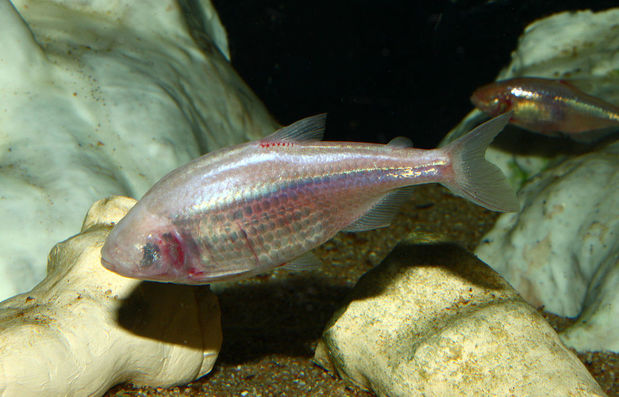
The blind cave fish is a great example of USE IT OR LOSE IT evolution. The blind cave fish is so named because of its lack of eyes! Hundreds of generations of fish ago, a fish, or group of fish, swam into the deep dark caves of Mexico. This could have been in search of food or to escape predators, or even both. The fish thrived in the new, dark environment and continued to live there in the darkness generation after generation. Over time, these fish stopped developing eyes. The energy that the fish would usually have had to spend creating the anatomy needed for sight, as well as for processing visual information, was now able to be reallocated to more useful functions. These fish also developed a type of sonar to assist their navigation in the dark, as well as other heightened senses.
|
|
|


